
This article is a repost with corrections to some errors mentioned by everyone, adding aliases, original plant images, etc. You can read the original text by replying in the lower left corner! If you find it useful, feel free to share it with other classmates. For those who want to see previous content, click the person icon in the upper right corner of the WeChat dialogue box with the medicine circle to view historical messages! The article is based on the practicing pharmacist textbook, the Chinese Pharmacopoeia (2015 edition), “Identification of Common Chinese Medicinal Herbs” and the Chinese Medicinal Material Image Database of Hong Kong Baptist University and other online resources! Below is the content shared today: Danshen (Salvia miltiorrhiza)
Source: This product is the dried root and rhizome of the Lamiaceae plant Salvia miltiorrhiza Bge.
Related Names
Danshen, Honggen, Zidan, Jiudanshen, Chishen, Chigen, Dahongpao, Mu Yangru, Benmacao, Qiechan grass
Images
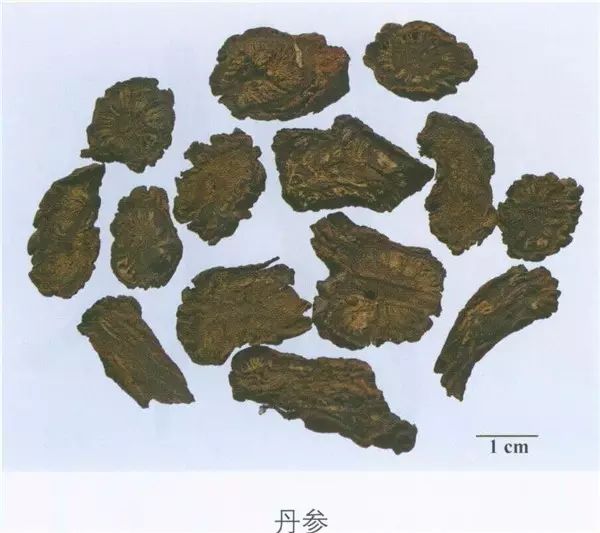
Source Textbook
Due to the unclear characteristics of Danshen in the textbook images, Lizhan provides the following three images:
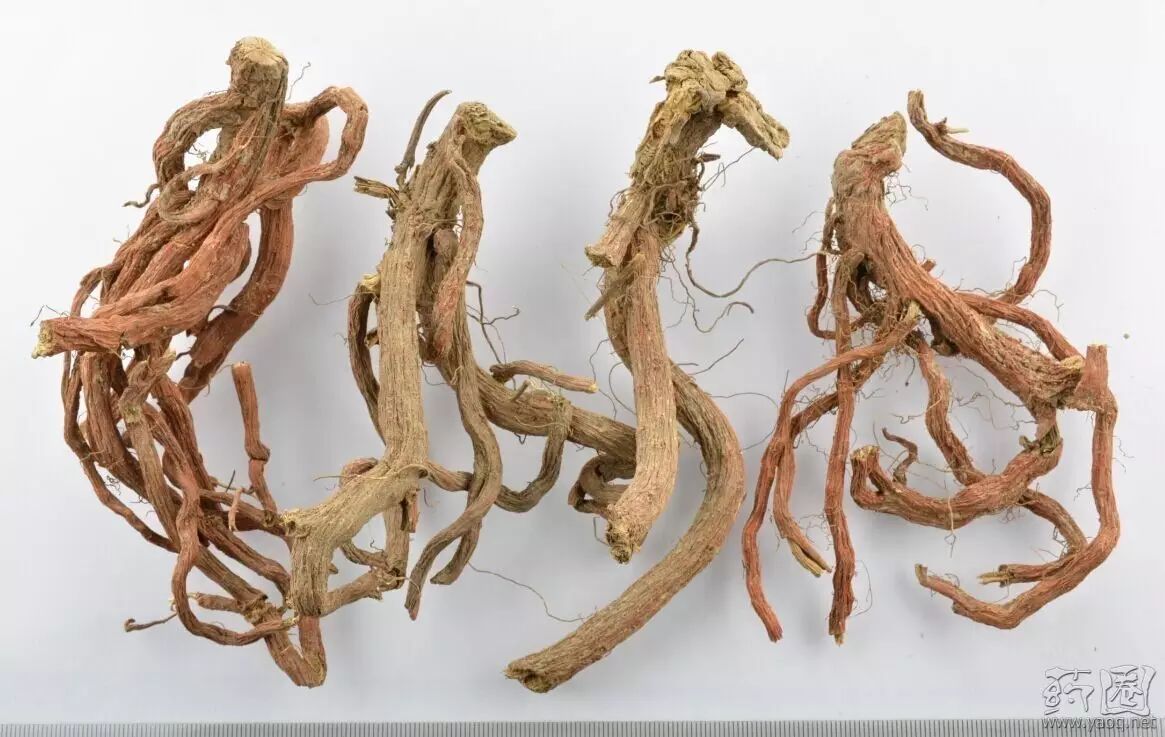
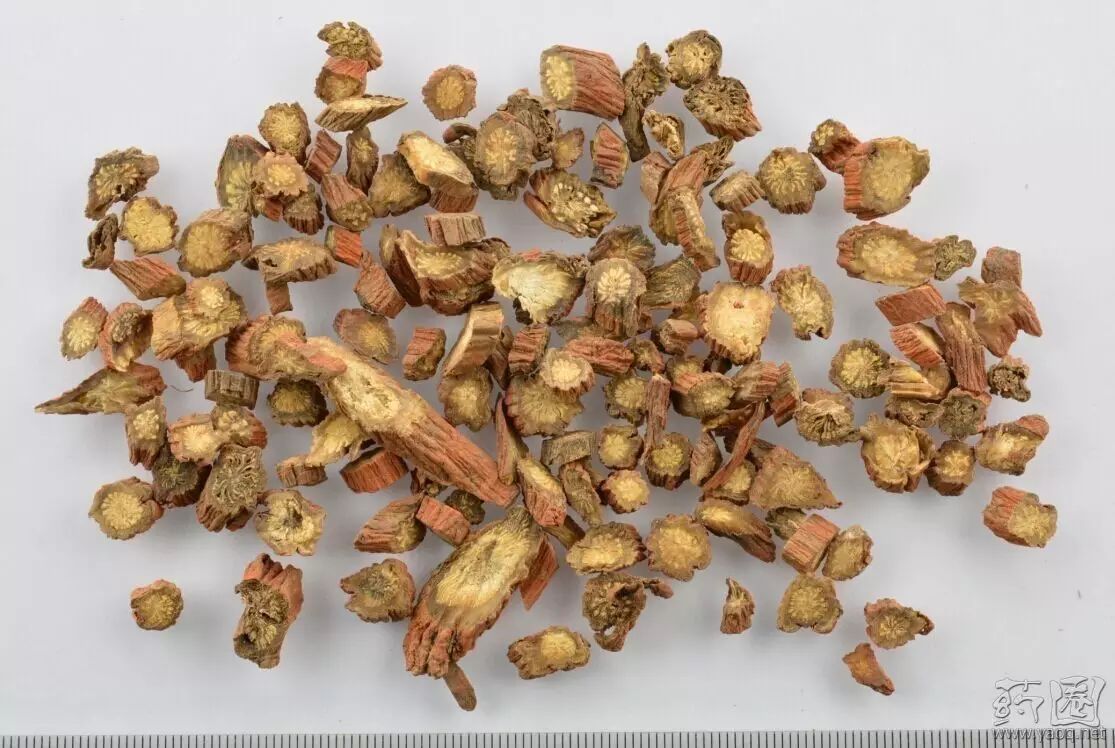
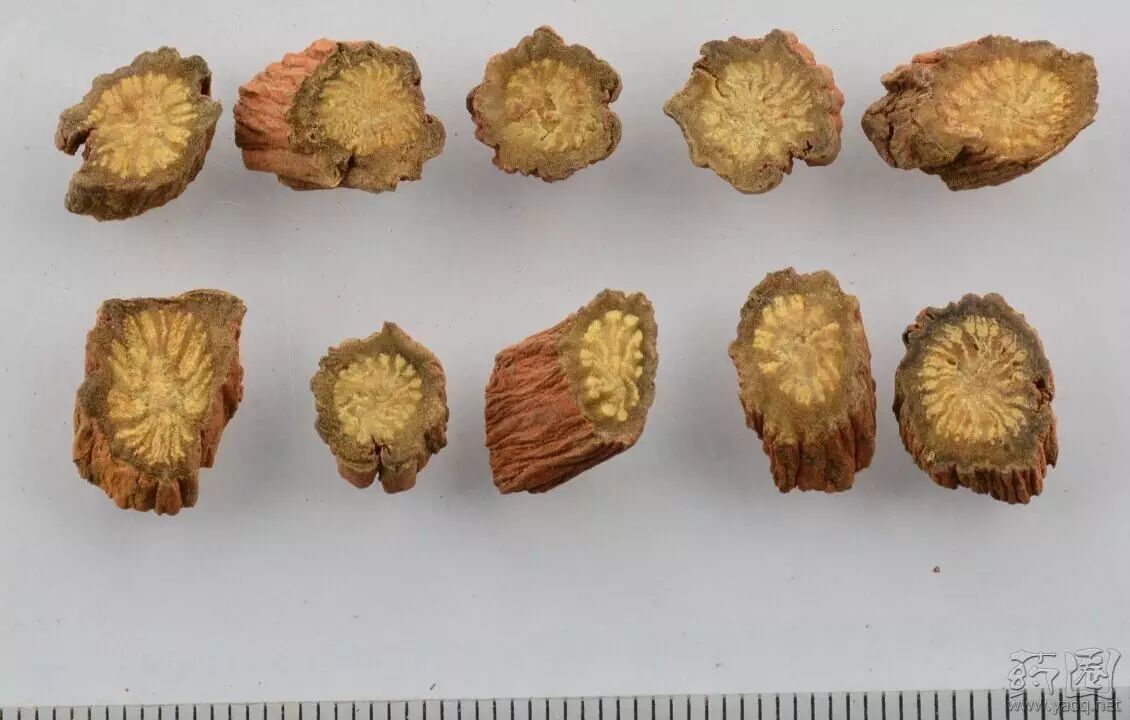
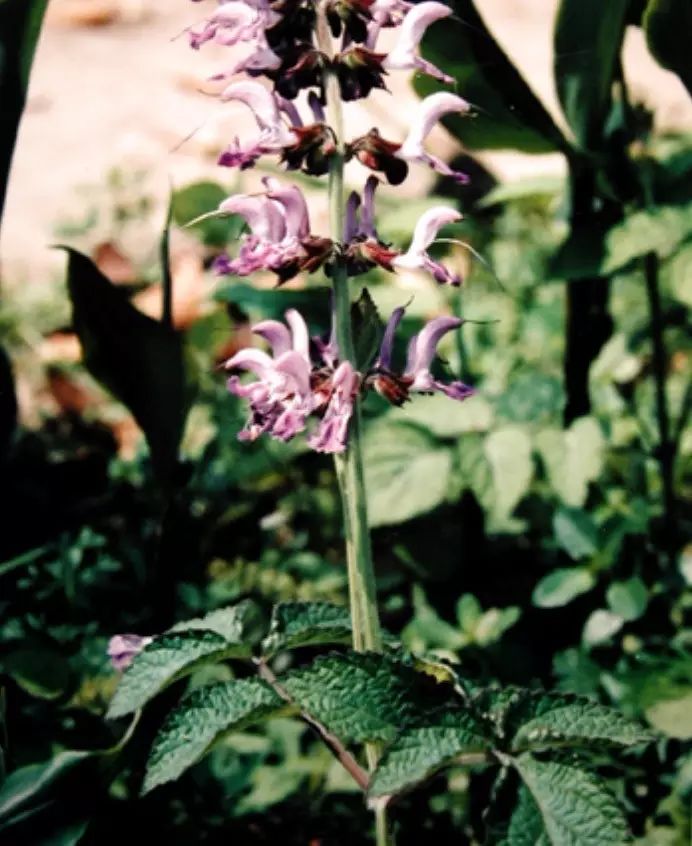
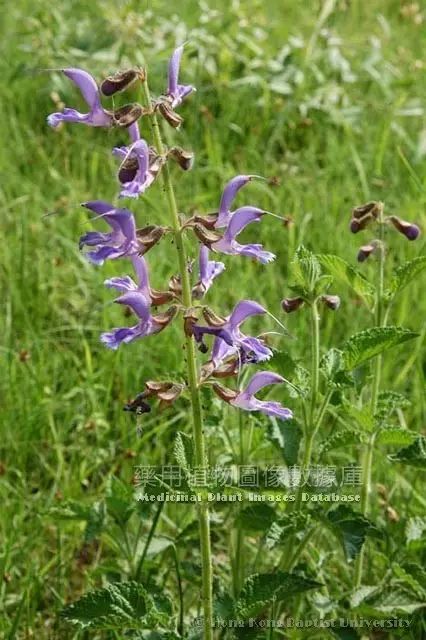
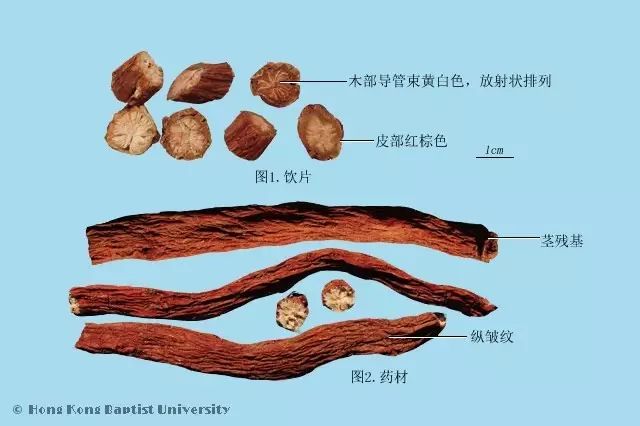
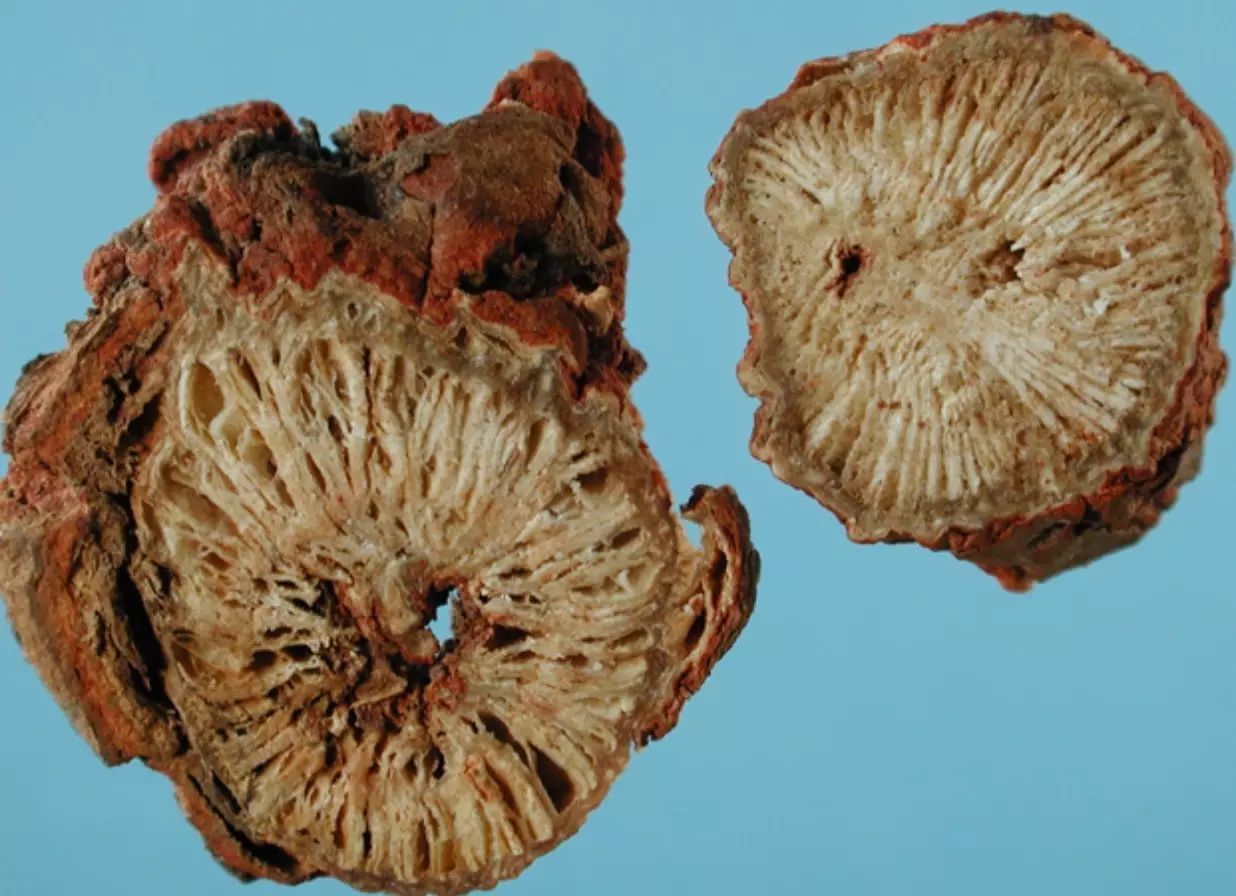
Production Area
Mainly produced in Sichuan, Anhui, Jiangsu, Shaanxi, Henan, and Shandong provinces. The main product is cultivated. The largest yield comes from Sichuan, commonly referred to as “Chuan Danshen”.
Harvesting and Processing
Harvested in spring and autumn, washed to remove sand, and dried.
Identification of Characteristics
The root and rhizome are short and thick, sometimes with remnants of the stem base at the top. There are several roots, long cylindrical, slightly curved, some branched with fibrous roots, 10-20 cm long, and 0.3-1 cm in diameter. The surface is reddish-brown or dark reddish-brown, rough, with longitudinal wrinkles. The outer skin of old roots is loose, often showing a purple-brown color, and tends to flake off in scales. The texture is hard and brittle, with a loose fracture, sometimes with cracks or slightly smooth and dense, the bark is reddish-brown, the wood is gray-yellow or purple-brown, and the vascular bundles are yellow-white, arranged radially. The aroma is faint, and the taste is slightly bitter and astringent.
Cultivated products are sturdier, with a diameter of 0.5-1.5 cm. The surface is reddish-brown, with longitudinal wrinkles, and the outer skin is tightly adhered and not easily peeled off. The texture is solid, and the fracture surface is relatively smooth, slightly horn-like.
Processed Danshen
In the form of thick, round or oval slices. The outer skin is reddish-brown or dark reddish-brown, rough, with longitudinal wrinkles. The cut surface may have cracks or be slightly smooth and dense, some appearing horn-like, with the bark being reddish-brown, the wood gray-yellow or purple-brown, and with yellow-white radial patterns. The aroma is faint, and the taste is slightly bitter and astringent.
Wine Danshen
Resembles Danshen slices, with a reddish-brown surface and a slight wine aroma.
Properties and Channels
Bitter, slightly cold. Enters the Heart and Liver meridians.
Characteristics
This herb is bitter and can disperse, slightly cold and can clear, entering the Heart and Liver meridians. It invigorates blood, dispels stasis, opens channels, and alleviates pain, while also clearing the heart, cooling the blood, alleviating irritability, and reducing abscesses. It is indicated for blood stasis, blood heat, and heat disturbing the spirit, as well as for treating heat toxin sores and swellings. Ancient texts state, “One herb of Danshen can disperse, with effects similar to the Four Substance Decoction,” and it is indeed a product that invigorates blood, generates new blood, cools the blood, and clears the heart.
Efficacy
Invigorates blood, dispels stasis, opens channels, alleviates pain, clears the heart, alleviates irritability, cools the blood, and reduces abscesses.
Mnemonic
vv289 mnemonic
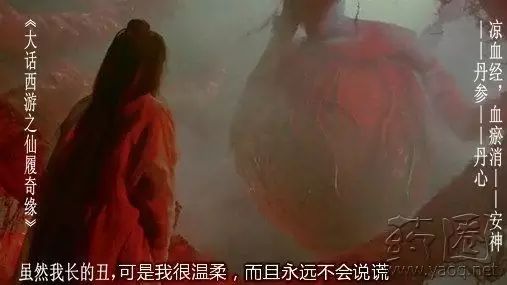
You can first read the story at the bottom!
Notes:
1. I used a screenshot from a movie again; in fact, life is like this, dull yet with highlights, and one can find examples in life that help remember some useful herbs.
2. The name “Danxin” later evolved into “Danshen” due to phonetic changes. So when I think of the heart, I think of its function related to blood, as the heart governs the spirit and is associated with the mind.
3. Cooling the blood, dispelling stasis—calming the spirit.
4. Cooling the blood, regulating menstruation, invigorating blood, dispelling stasis, reducing abscesses, clearing the heart, calming the spirit, alleviating irritability.
5. One herb of Danshen can disperse, with effects similar to the Four Substance Decoction; Danshen is a good herb, remember it!
Indications
(1) Irregular menstruation, blood stasis causing amenorrhea, postpartum stasis abdominal pain.
(2) Chest obstruction, heart pain, wrist and abdominal pain, masses, liver and spleen enlargement, heat bi swelling and pain.
(3) Heat disease with high fever and irritability, internal heat causing restlessness, rashes, palpitations, insomnia.
(4) Pain and swelling from sores.
Dosage
Internal use: decoction, 10-15 g; or in pills or powders. Wine-fried can enhance its blood-invigorating effects.
Precautions
This herb invigorates blood and opens channels, so it should be used cautiously in cases of excessive menstruation and in pregnant women. Contraindicated with Li Lu.
Pharmacology
This herb can dilate coronary arteries, increase blood flow, counteract myocardial ischemia, improve microcirculation, reduce myocardial oxygen consumption, improve heart function, enhance myocardial contractility, lower blood pressure, lower blood lipids, have anticoagulant and antithrombotic effects, protect the liver, have anti-allergic effects, regulate immune function, have anti-inflammatory, sedative, and antibacterial properties.
Story
The root of Danshen is purplish-red, and it is popularly known as “Danxin” due to a touching story.
It is said that a long time ago, in a fishing village on the east coast, there lived a young man named “A Ming”. A Ming lost his father at a young age and relied on his mother for support. Growing up in the wind and waves, he developed excellent swimming skills and was known as “Little Dragon”. One year, A Ming’s mother suffered from a gynecological disease, often bleeding, and despite consulting many doctors, she was not cured, leaving A Ming in despair. At this time, someone said there was an unnamed island in the East Sea where a certain herb grew, with purple-blue flowers and red roots, and that boiling the roots of this herb could cure his mother’s illness. Hearing this, A Ming was overjoyed and decided to go to the unnamed island to gather herbs. The villagers were worried for A Ming, as the sea route to the unnamed island was fraught with hidden reefs and turbulent waters, with nine out of ten people perishing in the attempt, akin to passing through the “Gates of Hell”. However, time was of the essence, and A Ming, eager to save his mother, resolutely set out to sea to gather herbs.
The next day, A Ming sailed out to sea. Using his superb sailing skills and swimming ability, he navigated past hidden reefs and rushed through turbulent waters, finally passing through the “Gates of Hell” and safely landing on the unnamed island. Once ashore, he searched for the herb with purple-blue flowers and red roots. Each time he found one, he quickly dug up its roots, and soon he had gathered a large bundle. Upon returning to the fishing village, A Ming diligently administered the medicine to his mother, and she quickly recovered.
The villagers greatly admired A Ming for risking his life to gather herbs to cure his mother. They said this herb embodied A Ming’s sincere heart, and thus named the red-rooted herb “Danxin”. Later, through phonetic evolution, it became known as “Danshen”.

